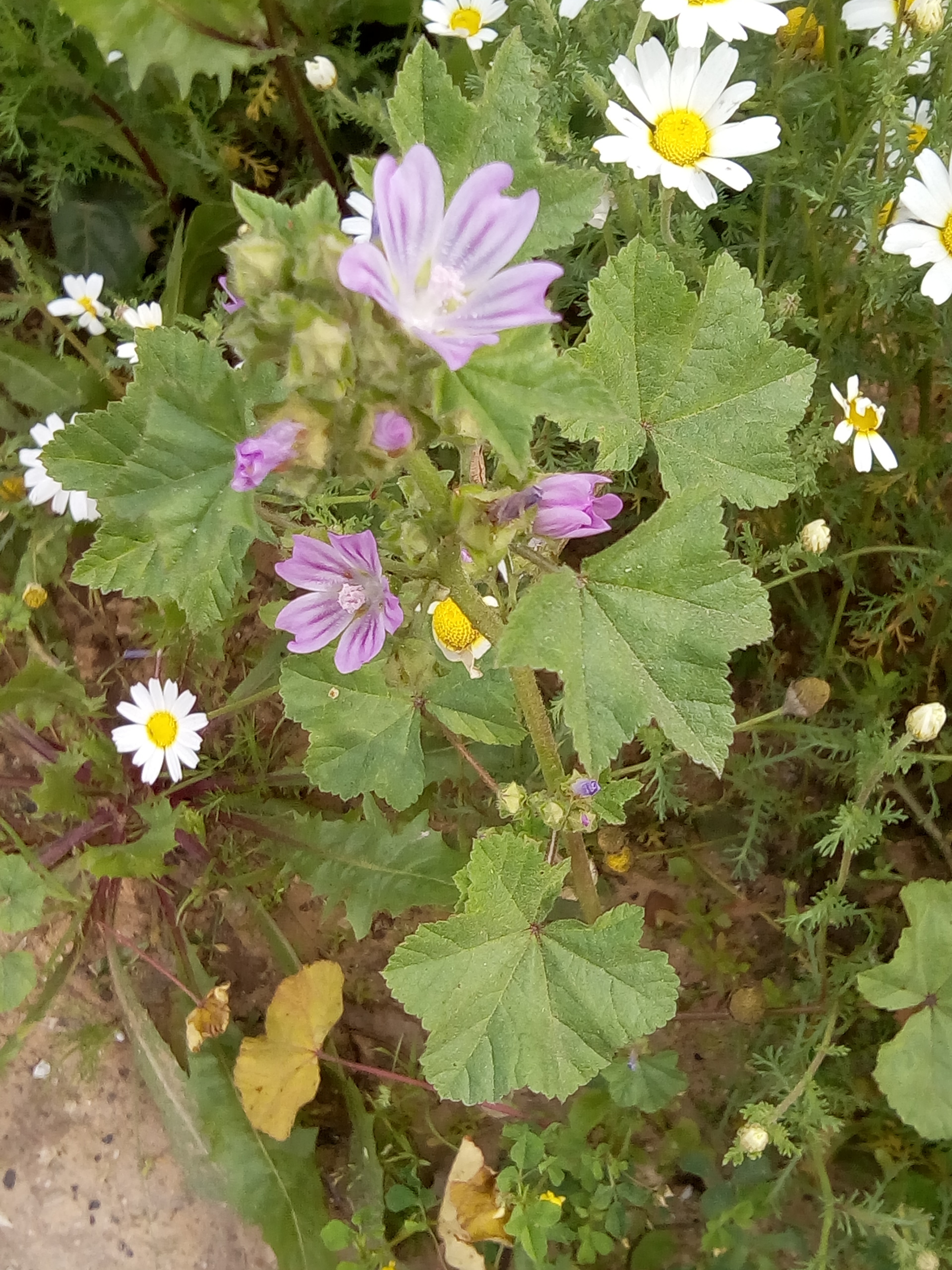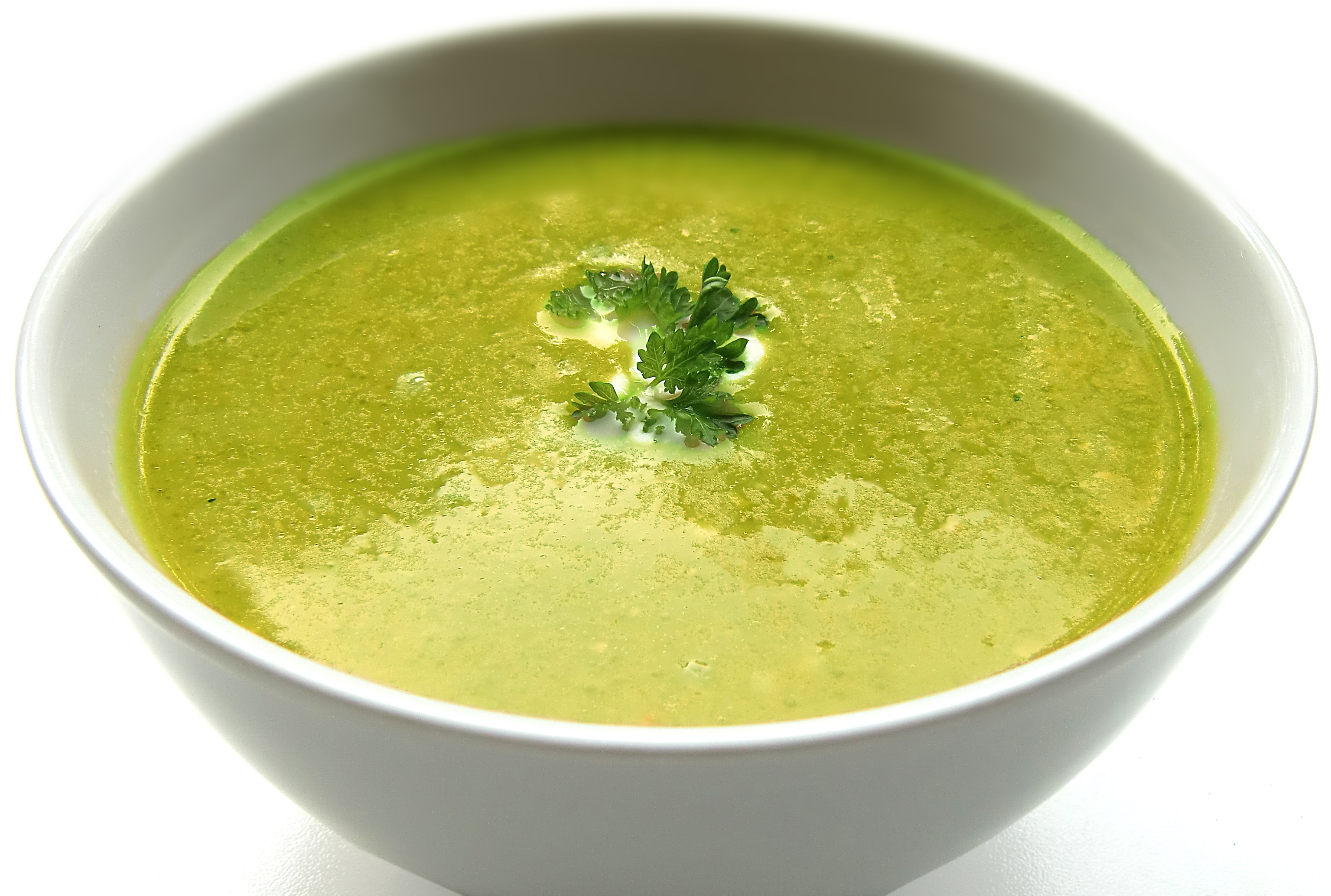Mallows are at the top of my edible weeds list. Once or twice every year, at late winter, I go out and bring home a big bag full of them. Mallows on their long stems to hang up and dry. Mallow flowers and fruit to sprinkle over salads. Mallow leaves to stuff with rice or chop finely and mix with eggs and breadcrumbs to make patties. My most recent post on mallows includes a recipe for mallows-based skin salve. View it here.
This edible weed was a famine food that saved lives during Israel’s War of Independence, when besieged Jerusalem and Safed were cut off from supply conveys. Some people remember their mother’s recipe for chubeza patties, as mentioned above: finely chopped leaves mixed with an egg, bread crumbs and whatever seasonings were at hand, then fried. Other people can’t stand to see chubeza. One elderly man told me, “During the war when we had nothing to eat, my mother would send me out to the fields to pick it. It reminds me of bad times and hunger.”

My own experience with mallows has luckily, always been happy. I dry the leaves until they’re crumbly, then pack them into glass jars to chuck into any soup over the year. Mallows contain iron and vitamin C – more vitamin C by weight than oranges, strangely enough. Of course, you’d have to eat a ton of leaves to get the equivalent weight of an orange.
The best way to enjoy mallows leaves is to cook them up while they’re still fresh and flexible. Check them for bug or fungal infestation while still in the field (or empty lot, or backyard – wherever you’re going to gather them). By late spring, mallows are often too beat-up to use, so look for them now, while the weather’s still cool. Wash the leaves to get rid of field dust and possible small insects. Now get set to cook.
Do you like stuffed leaves? Find our stuffed Jerusalem sage recipe here and follow instructions to stuff mallow leaves the same way.
Soup is another good way to use up your fresh mallows. I make a couple of mallows soups every season, substituting it for spinach in our spinach and mushroom soup recipe. Or I’ll give my soup a heartier texture with chickpeas, as here in our chickpea and spinach soup recipe (using mallows).
The leaves are neutral-tasting and bear sharp seasonings, onions and garlic easily. I often fill my breakfast omelet with a heap of mallow leaves and sliced onion stir-fried until soft, with grated Parmesan.
The pretty purple flowers make an interesting salad garnish. Just scatter them over the top; they’re delicate and wilt on contact with the salad dressing. Very small, young mallows leaves are fine to eat raw, but again, they don’t contribute much flavor but a vague green taste, so make sure other ingredients stand out to balance the salad. Older leaves’ texture is too rough to enjoy raw.
Take it from there. You can use fresh mallow leaves in just about any recipe calling for spinach, although they don’t taste the same. They take stuffing gracefully, being strong enough to withstand the handling. Eat mallows for their great nutrition – I’m tempted to give in and call them a “superfood.” But they’re just a good leafy green. Enjoy!




